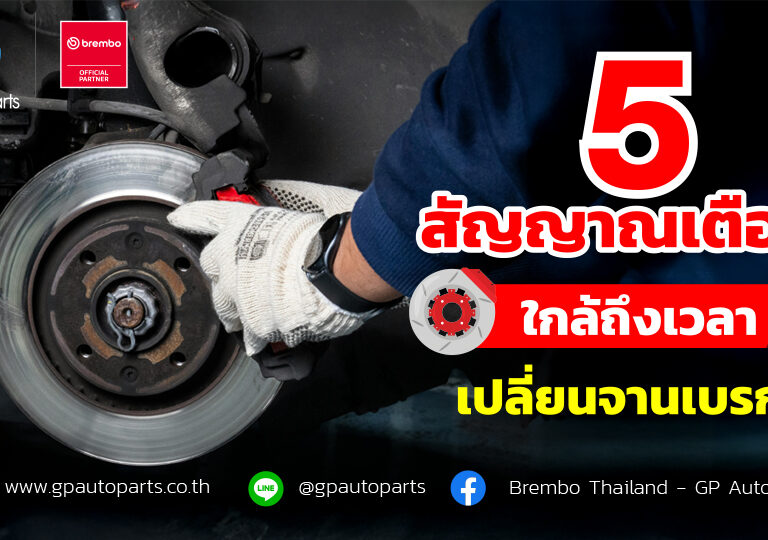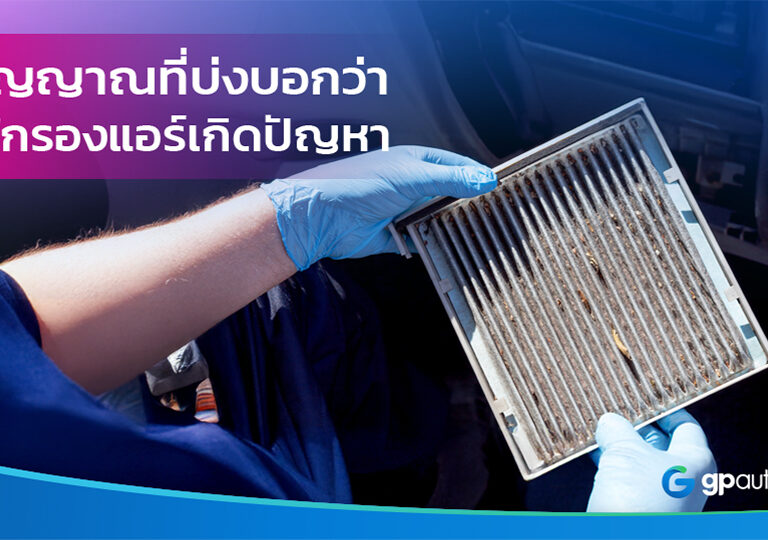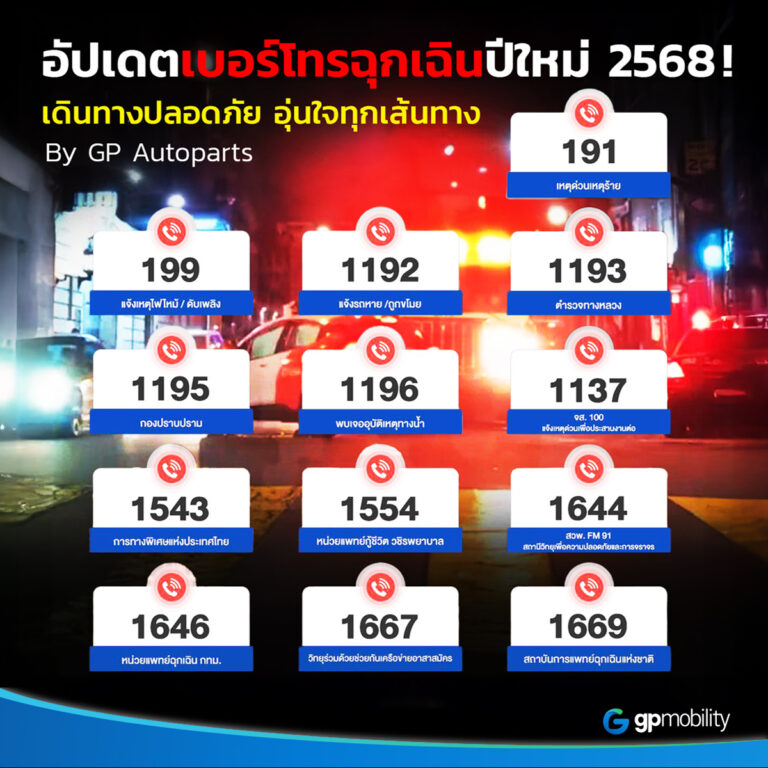Indicators signal when there is a problem with the lower range
A car consists of many interconnected components, each with its own importance and function. The lower range of a car, in particular, plays a vital role in controlling the vehicle’s behavior. It’s essential to consistently observe and check the lower range of the car to ensure it’s always ready for use. There are various signs of abnormalities in the lower range, especially with increased usage. Cars that frequently encounter water or mud may exhibit unusual responses from the lower range. Drivers may notice constant bouncing or instability while driving, indicating potential issues with the springs or shock absorbers. Promptly addressing these issues ensures safe driving and helps save on repair costs.
So, what are the signs of trouble? Signs like constant bouncing or instability while driving could indicate issues with the springs or shock absorbers. It’s advisable to have a mechanic inspect the car to ensure safety. Similarly, if the car vibrates unusually or shakes during driving, it might be due to wheel imbalance. This can be rectified by wheel balancing, ensuring smooth and stable driving. If there are loud noises or strange sounds while driving or turning, it’s crucial to have the car checked immediately. Ignoring abnormal sounds can lead to accidents, especially at high speeds. Additionally, if the steering wheel vibrates or shakes when braking, it could indicate issues with the brake discs. This can be fixed by resurfacing the discs, which is a relatively inexpensive repair compared to replacing them
Symptoms of car’s lower range problems
1. Grinding noise under the front of the car: If you hear a grinding noise from under the front of the car when turning or driving over bumps or potholes, it could be due to worn out ball joints, tie rod ends, or sway bar links. If the rubber boots on these components have been missing for a while, and you hear a grinding or knocking sound, it’s likely coming from these parts.
2. Noticeable when driving over speed bumps: If you hear a clunking noise under the car when driving over bumps or rough roads, or even small hills, it could be a sign of a problem with the birdcage bushings.
3. Brakes make noise: When you apply the brakes, you may hear a loud “squeal” or “screech” sound, like metal rubbing against metal. This is usually a warning that the brake pads are very low, indicating the need for brake pad replacement.
4. Grinding noise while braking: If you hear a grinding noise while braking, it could be due to brake pads and rotors being contaminated by dust from the brake pads themselves. However, if you’ve been driving through a lot of water, don’t worry too much, as wet brake pads can make noise. If the noise goes away after driving for a while, it should be fine.
5. Loud noise when turning or at full lock: Mostly found in pickup trucks, this could be due to worn-out steering rack bushings causing metal-on-metal rubbing of the lower range. Steering rack bushings are inexpensive, and replacing them is relatively easy. If you notice this problem, it’s better to replace them gradually than to tolerate the annoying metal-on-metal sound.
Thanks for the helpful information from www.krungsriauto.com
___________________________________
Place an order/Become a distributor.
GP MOBILITY PUBLIC COMPANY LIMITED
Line id: @gpautoparts or Link
Contact: https://www.gpmobility.co.th/contact-us/
Follow me: https://linktr.ee/gpmobility
Service Monday to Saturday from 08:30 AM to 05:30 PM.
02-941-1222 (Auto),02-579-2882











